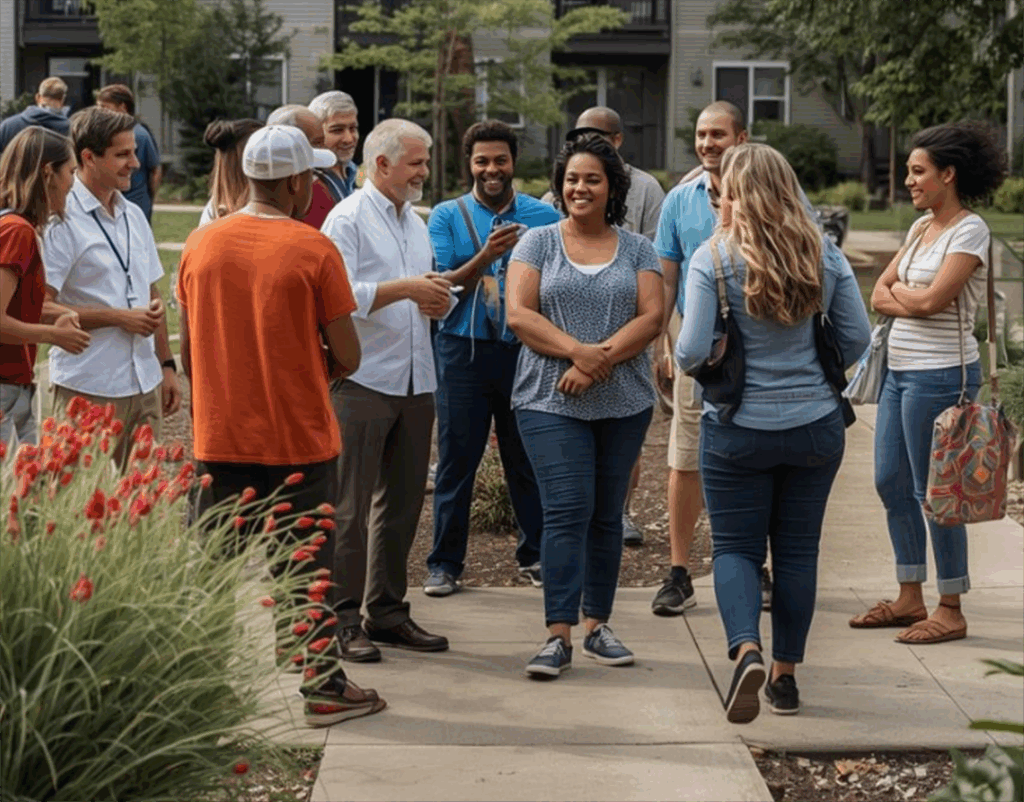Developing or redeveloping affordable housing is more than just a construction project; it’s a long-term investment in your community’s people and future. Before you break ground, it’s essential to understand the unique characteristics, priorities, and opportunities within your community to ensure your project meets local needs, secures funding, and gains public support.
1. Understand Your Community’s Long-Term Goals
Before beginning any affordable housing development or redevelopment, it’s critical to understand your community’s vision and goals, and how your project can align with them. Doing so helps ensure your development is in a desirable, compatible location and can also build public and political support. This alignment often leads to a smoother entitlement process, less pushback, and a greater chance of local government investment. Reviewing long-range planning documents, such as a comprehensive plan, can reveal your community’s priorities and guide you in shaping a project that fits seamlessly into its future.
2. Analyze Your Community’s Future Population
Communities evolve quickly. Shifts in population size and demographics play a major role in determining housing needs. Reviewing trends such as age distribution, household size, and the number of residents with disabilities can help anticipate demand. These statistics can be found in local government plans, websites, or state and federal resources like the U.S. Census Bureau.
3. Research Available Funding Sources
Funding opportunities vary widely from state to state and city to city. Research what financial resources may be available for your project early in the planning process. Consider state low-income housing tax credits (LIHTC), local community development block grants (CDBG), HOME Investment Partnership Program funds, and potential contributions from foundations, financial institutions, and non-profits. Understanding the competitiveness and accessibility of these resources is key to closing financing gaps.
4. Identify Potential Partners in the Community
Partnerships can be a critical component of success. These can come from the public, private, or non-profit sectors. Identifying local organizations and initiating discussions about how they can contribute through funding, expertise, or other resources can help ensure your project has the support it needs.
5. Assess Your Role in Enhancing Housing Resources
Evaluate existing housing stock to identify unmet needs. For example, are there numerous affordable housing developments, but none that provide permanent supportive housing for individuals experiencing homelessness? Or is there an oversupply of larger units with few options for smaller households? Understanding these gaps ensures your project maximizes its positive impact on the community.
Get Expert Guidance for Your Development or Redevelopment
Affordable housing development is a significant undertaking, but with the right planning, partners, and funding, these projects can transform communities and improve lives. If you’re facing challenges or looking for a place to start, D3G’s experts in due diligence, compliance, and affordable housing consulting can guide you through every stage of the process.






